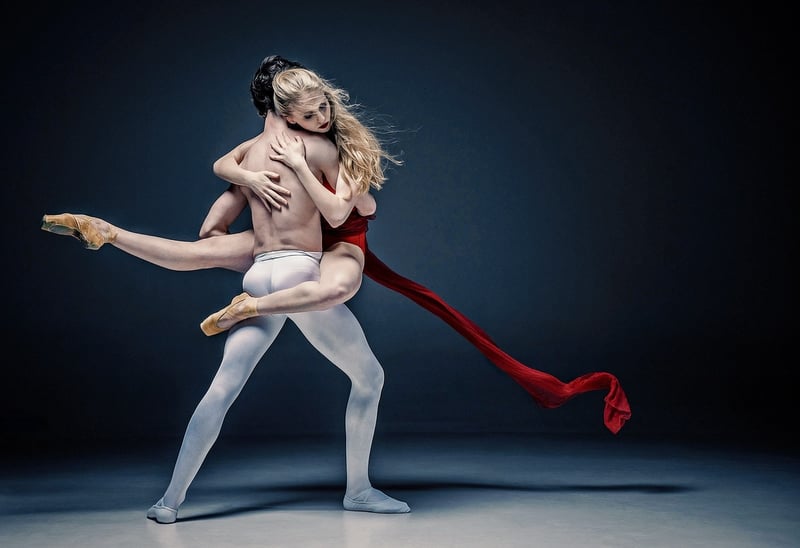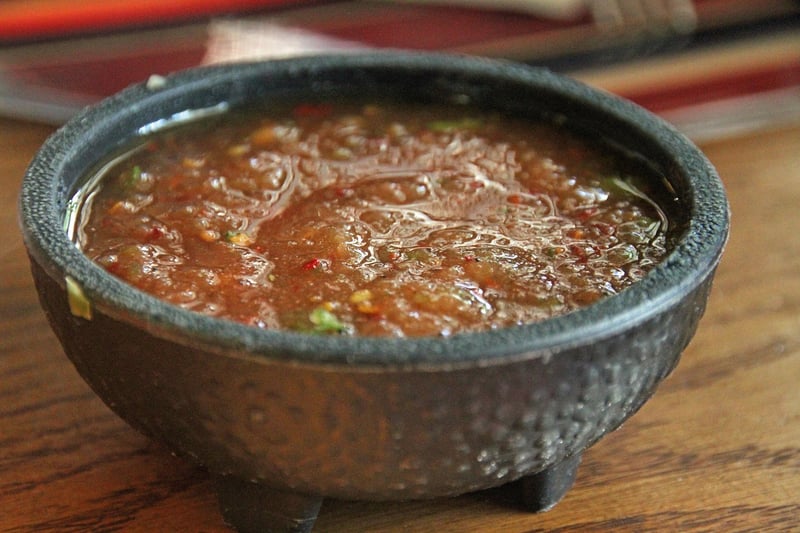Salsa
Expressive Movement Forms: Exploring the Vibrant World of Salsa Dancing

Salsa dancing is a dynamic and passionate form of social dance that originated in the Caribbean. It combines elements of various dance styles such as Afro-Cuban, Mambo, and Cha-Cha-Cha, creating a unique and energetic form of expression that captivates both dancers and spectators alike.
The Origins of Salsa
Salsa music and dance have deep roots in Cuban and Puerto Rican culture, with influences from African, European, and indigenous traditions. The term "salsa" was popularized in New York City during the 1960s to describe a fusion of different musical styles, eventually giving rise to the vibrant dance form we know today.
Key Elements of Salsa Dancing
- Rhythmic Footwork: Salsa is characterized by intricate footwork patterns that syncopate with the music.
- Connection and Partnering: Partners maintain a strong connection through open and closed dance positions, leading and following each other's movements.
- Body Movement: Salsa dancers use body isolations, hip movements, and shoulder shimmies to add flair and style to their dancing.
- Turns and Spins: Salsa includes a variety of turns and spins that showcase the dancers' agility and coordination.
Benefits of Salsa Dancing
Aside from being a fun and social activity, salsa dancing offers numerous health benefits, including improved cardiovascular fitness, coordination, and flexibility. It also provides a creative outlet for self-expression and stress relief.
Getting Started with Salsa
Whether you're a seasoned dancer or a complete beginner, salsa dancing is accessible to everyone. Many dance studios and clubs offer salsa classes for all levels, allowing you to learn the basics and refine your skills in a supportive environment.
So, if you're ready to immerse yourself in the vibrant world of salsa dancing, put on your dancing shoes and feel the rhythm of this exciting and expressive movement form!
References: Wikipedia - Salsa Dancing
